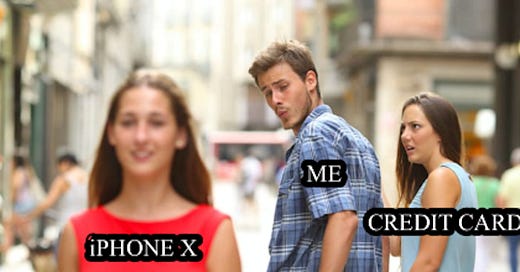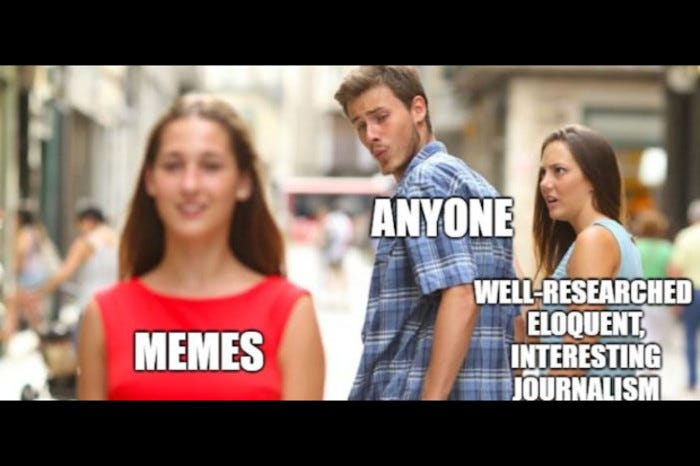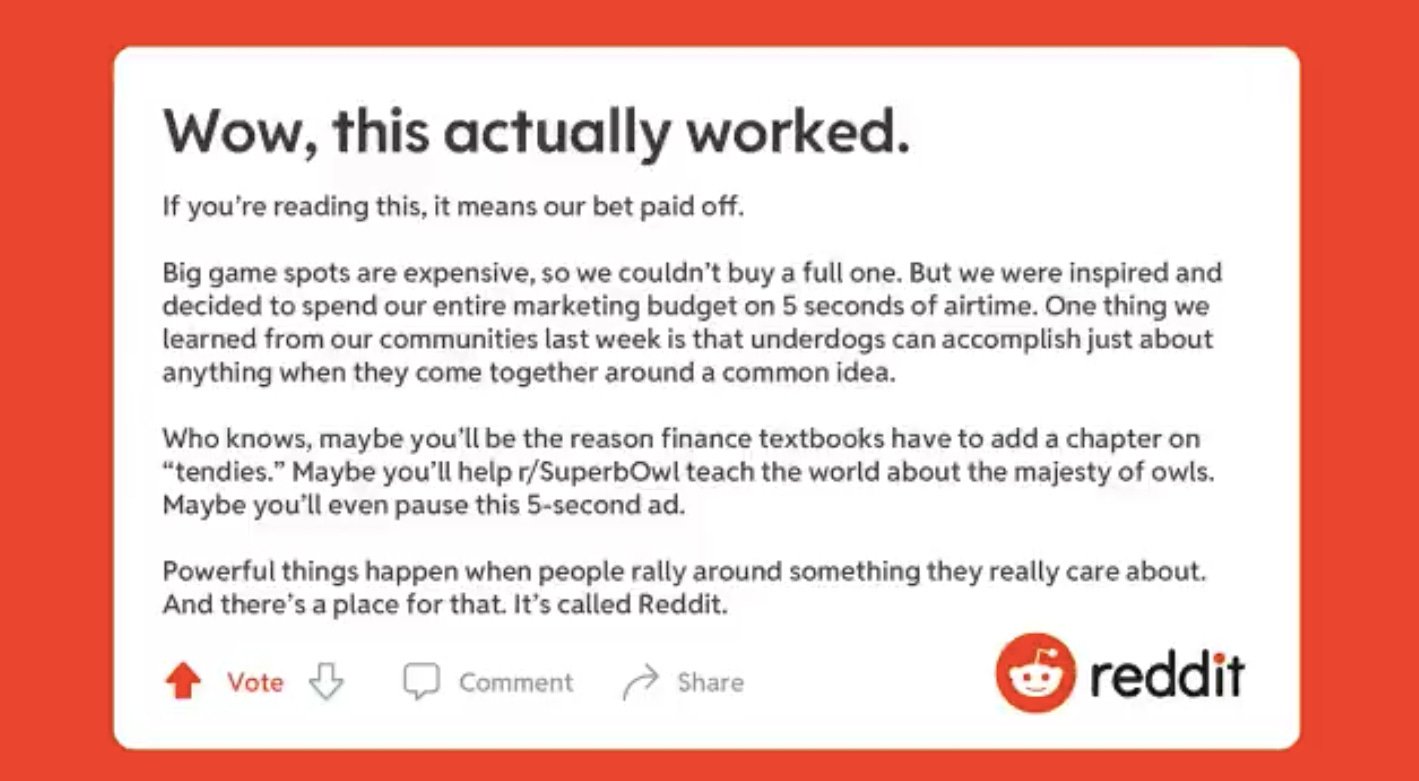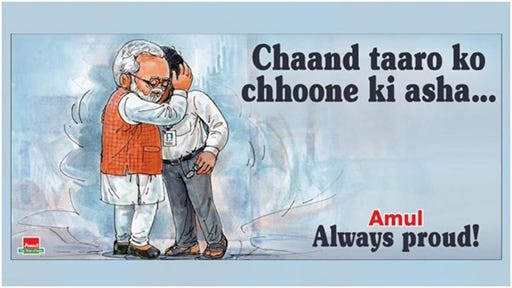A newsletter on mental models to help marketers do better and be better. If you like it, you can subscribe. You can also find long form essays on ‘how’ and ‘what’ of marketing here.
1,000 years out, if future men and women were to dig up our digital footprints, they would stumble across gazillions of Memes. It’s anybody’s guess whether these would elicit chortles of laughter, or bemused eyebrow raises.
Memes surround us, liven up our mood, bait us to click through, and embed memories into our conscious brains. Memes have become new age cultural artefacts.
In this edition, we will look under the hood and try to understand
What they are
Why they are all around us
How brands could deploy them
What are memes
The word, “meme”, predates memes. It comes from the Greek word, mimema, which means ‘imitated.’
Evolutionary biologist Richard Dawkins coined the word "meme" in 1976, in his book The Selfish Gene. He used the word to describe an idea, behavior, or style that spreads from person to person. The word was appropriated decades later (the word was added to dictionaries only in 2015) to describe the memes of today.
Memes essentially are ‘idea templates’. Technically, an amusing image or gif with a bold text caption is a meme. The beauty of a meme is that each image or gif can be reinterpreted with new text to give it a different meaning.
I was mistaken
I used to dismiss memes as brain farts of 15yr old geeks. But by the time I finished writing this newsletter, I had new found respect for meme creators.
Here’s why.
Memes are meaning-dense content vehicles. In a time of bulging social media feeds, memes are quick-to-consume content pieces, but at the same time, are densely packed with layers of meaning, memories and connections. Each meme compresses cultural knowledge, social nuances and multi-disciplinary knowledge into an image and text combination.
Take a look at meme examples from wix.com below. The left side shows the intended message of each image+text combination. The right side shows an example meme.
Most of the images used in memes are from movies or the news. So the image automatically evokes the context of that particular image. The text then is a funny or sarcastic take on that context. This is what makes a meme a very efficient ‘meaning-dense’ piece of content - it can elicit a chuckle, convey sarcasm or make a political commentary in less than 2 seconds.
A meme can be local in flavor (e.g. a meme based on an image from Gangs of Wasseypur will be understood only in India), or global (e.g. a meme based on The Olympics).
A meme is the best example of crowdsourced and mass personalization content: The fact that memes are idea templates, makes it potentially easy for anyone to create a new meme. Very much like the Cartoon Caption Contest The New Yorker runs.
Look at this very famous meme, in multiple avatars.
Memes are perishable. There are an infinite number of memes being created and consumed at any point in time. By the time we have chuckled at one and understood it, it is already yesterday’s news and the internet has moved on to the next one.
Memes work because we are mimics
One of the reasons we are on top of the food chain is because our ancestors mimicked each other in order to survive.
We could argue that fire, the wheel, spears… were the earliest memes. They might have been invented by a few cavemen and cavewomen, but soon became viral and were adopted without question.
Mimicry is wired into our brains. Hence, we are automatically drawn to memes.
Memes and brands
Brands build relevance by either defining culture, or by slipping themselves into existing cultural conversations. Since Memes have become cultural archetypes of the internet world, brands that master the meme language may resonate better.
In order to do memes right, here are 5 principles I have come up with:
Memes are content first, product second. Not a lot of brands are jumping onto the bandwagon, because we are unable to break our cookie cutter product-first advertising mold. The product/brand is slipped into the meme content with wit or sarcasm or humor. A ‘product first’ meme will fall flat.
If you are not first, you are last. Memes are perishable. A brand has to be first off the block to latch onto a rising meme. Sort of similar to Newsjacking, but for memes.
Give up control. If brands have to move fast, marketing managers will need to cede control to young meme makers.
There is no need to sacrifice brand proposition. When done well, the meme will do the job of transmitting brand values with no compromise, as we will see in examples of memes from luxury brands(!) like Gucci below.
‘Non threatening’ behavior change vehicle. Since memes are content of the people, by the people, they can be non-alienating
The fact that I could not find too many high quality brand marketing memes for this edition leaves me no doubt that this is a white space.
Let’s look at the few examples I found which I think are worth mentioning.
1) Luxury brands
Luxury brands are trend setters, so it is no surprise, that they have been first movers in the meme space, without compromising the ‘luxury-ness’ of the brand!
2) Netflix uses its own content to create memes
Netflix has a sub-account named ‘Netflix is a joke’ on Instagram. They upload memes created from their own shows on it. With the hope that a few will go viral.
Not only does this strategy promote its product, but also shapes culture.
But now all OTT platforms have adopted the same idea of repurposing own content to make memes.
3) Reddit’s super bowl 2021 ad was a 5sec meme!
Reddit bought a 5sec spot on super bowl to show static text! The main idea was to celebrate underdogs (this was when Redditors took on Wall Street by investing into the GameStop stock). While i was aired on TV, it went viral on digital.
4) Zomato
Zomato consistently makes fun memes that celebrate love for food and are also cutting edge on meme-language.
5) Brand Factory
Memes are are part of the marketing strategy for Brand Factory.
6) Edelweiss Tokio
Social media for this insurance player churns out interesting memes that are also on brand.
7) The original meme-maker
But we cannot forget the original meme creator.
That’s all for today. Keep reading and stay inspired!























